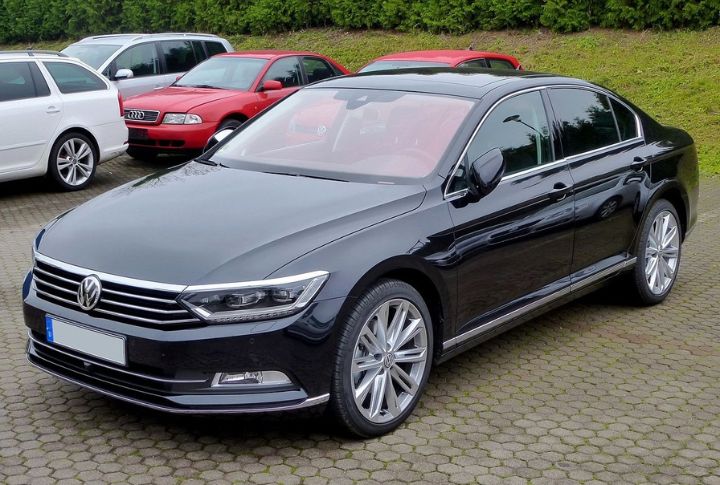
Badge engineering is a practice in which different car brands share the same substructure, mechanical components, and even body shells, with only minor cosmetic changes to distinguish them. While this is a cost-effective strategy for manufacturers to expand their products, it often leads to redundancy among the vehicles. Here are 15 badge-engineered cars that have left their mark on the automotive industry.
Chevrolet Tahoe/GMC Yukon/Cadillac Escalade
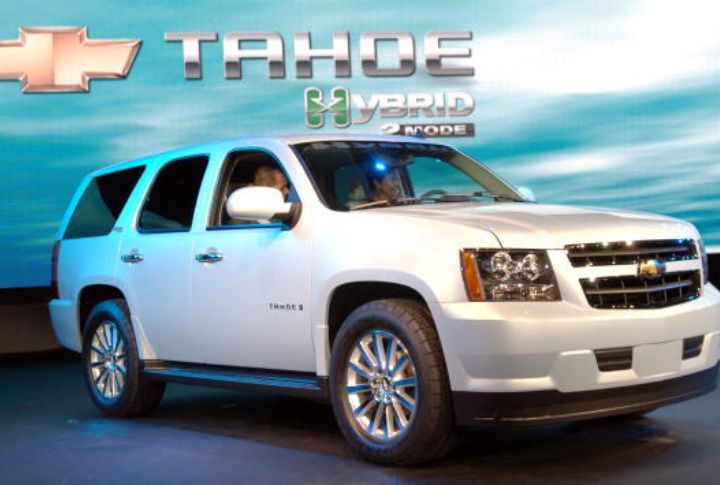
These vehicles were badge-engineered as part of General Motors’ strategy to cater to different demands and maximize economies of scale. They had the same underlying architecture, including chassis, suspension, and drivetrain parts, allowing GM to streamline manufacturing and reduce costs. Notwithstanding, both brands differentiated their SUVs through peculiar modeling cues, interior characteristics, and branding.
Toyota Corolla/Geo Prizm
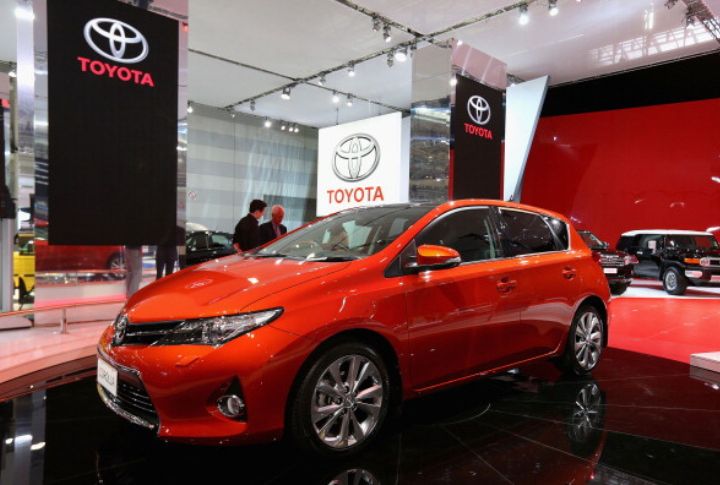
Driven by strategic partnerships and market positioning, General Motors rebadged the Corolla as the Geo Prizm. The Geo had the same substructure, drivetrain, and many other elements as the Toyota Corolla but featured different exterior styling and interior trim options. This approach helped GM tap into Toyota’s fuel efficiency reputation and enabled Toyota to reduce costs.
Ford Crown Victoria/Mercury Grand Marquis
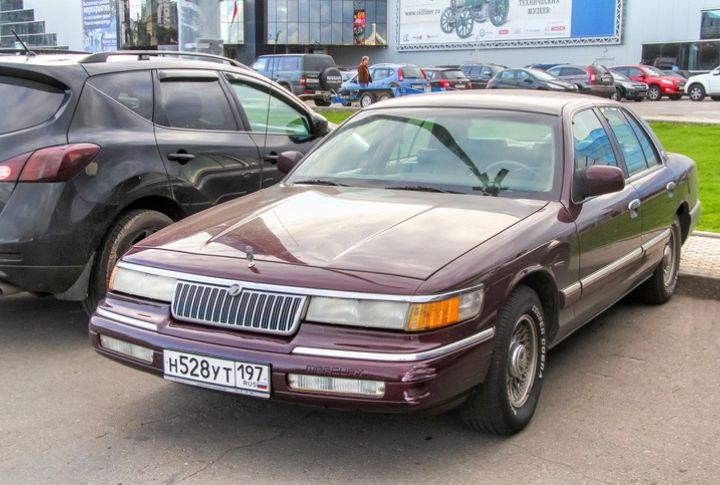
The Ford Crown Victoria was primarily badge-engineered with the Mercury Grand Marquis to offer customers more options within the full-size sedan segment. The idea helped Ford cater to various demands and preferences without investing in new vehicle designs. It also simplified logistics, reduced management costs, and made more aftermarket parts and services available.
Volkswagen Passat/Audi A4
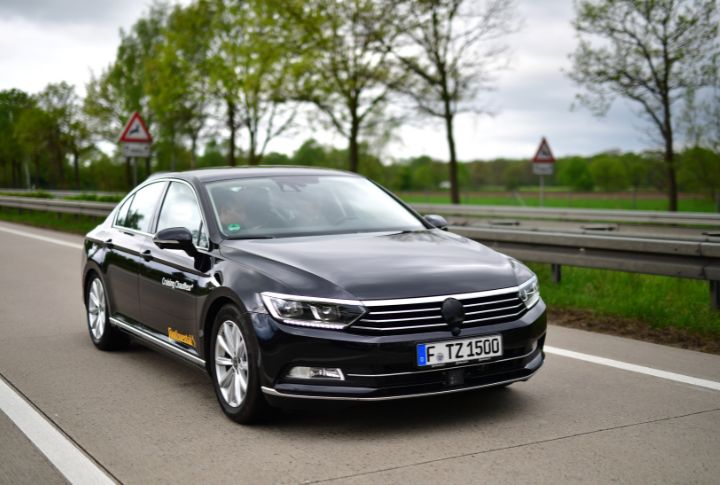
The badge engineering of the Volkswagen Passat and Audi A4 occurred due to their common foundation within the Volkswagen Group. Both cars utilized the Group’s modular longitudinal platform (MLP), ensuring cost-saving benefits and achieving more cost-effective development. They differentiated the Passat and A4 through styling, cabin accessories, and branding elements.
Chevrolet Cavalier/Pontiac Sunfire

The Chevrolet Cavalier and Pontiac Sunfire shared the same chassis and powertrains, differing only in exterior styling and inside trim. This badging helped GM supply similar cars under varied brand names, targeting specific markets and appealing to broader demographics at lesser costs. A lack of distinctiveness between the brands led to criticisms from users.
Honda Passport/Isuzu Rodeo
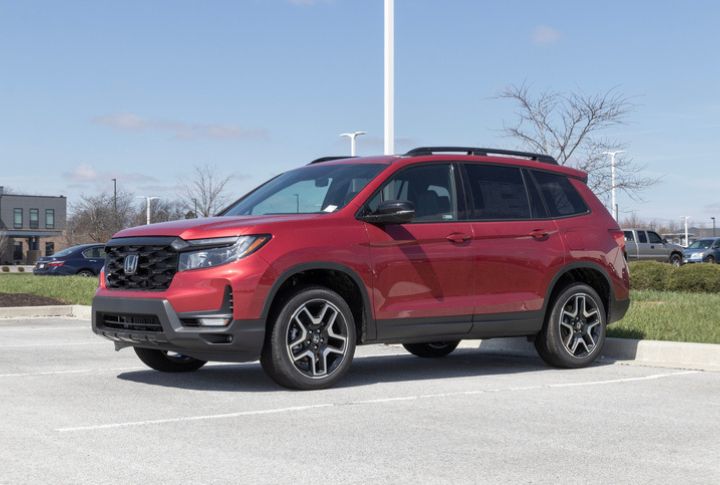
Isuzu, known for its expertise in building rugged cars, provided the platform for the Rodeo. On the other hand, Honda brought its reputation for reliability and brand recognition. The collaboration enabled Honda to establish a presence in the SUV segment without investing heavily in manufacturing. Isuzu also benefited from increased access to Honda’s distribution network.
Dodge Dakota/Mitsubishi Raider
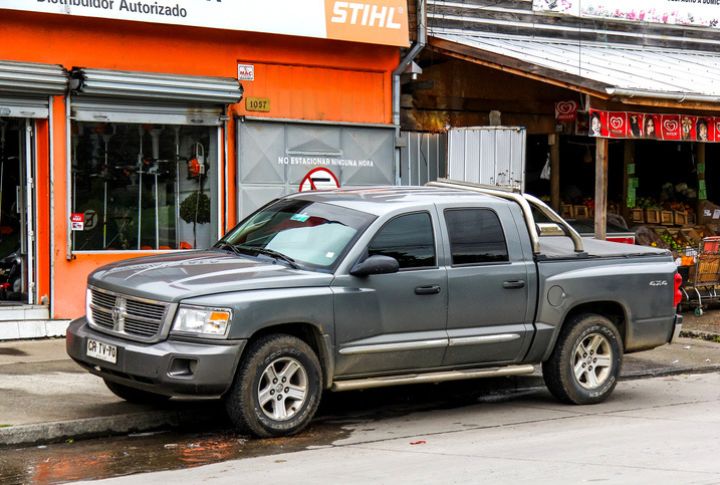
Chrysler Corporation partnered with Mitsubishi Motors to produce these mid-size pickup trucks. The Dodge Dakota was already an established model in the North American market, known for its versatility. Mitsubishi, observing this, decided to leverage the opportunity. Although the core constituents of both automobiles remained identical, the developers made minor aesthetic changes to differentiate the duo.
Pontiac Vibe/Toyota Matrix
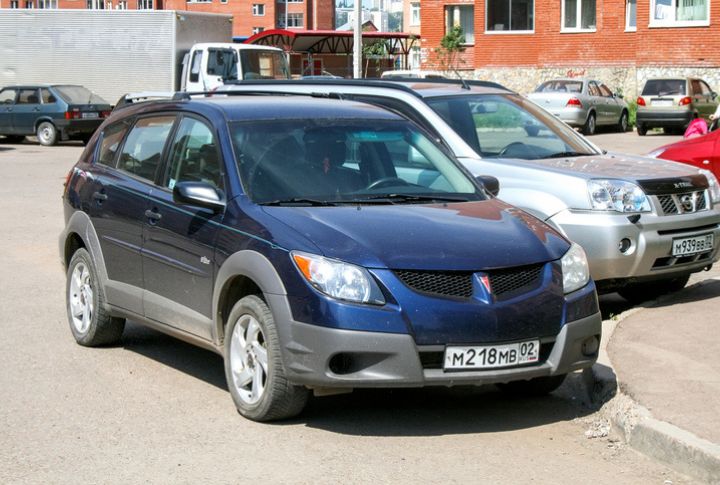
The Pontiac Vibe and Toyota Matrix were badge-engineered automobiles resulting from a joint venture between General Motors and Toyota. This agreement combined Toyota’s engineering with GM’s distribution channels. Both companies benefited from lower production expenses by sharing the same substructure and assembly lines. Pontiac and Toyota, however, received unique trim choices to distinguish their looks.
Subaru BRZ/Toyota 86/Scion FR-S
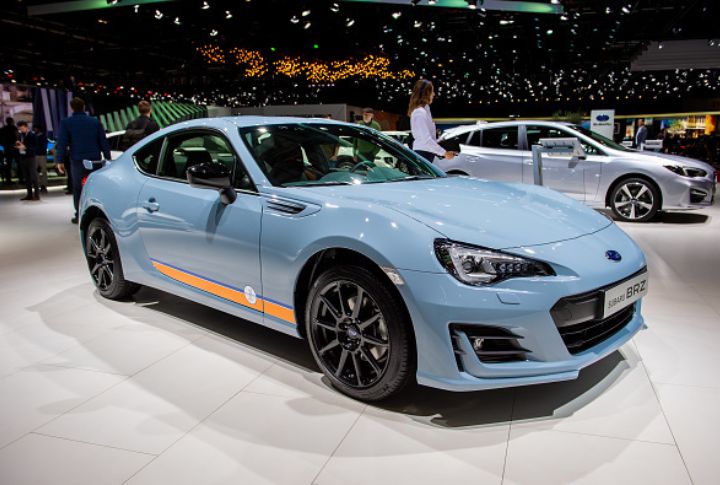
Subaru and Toyota collaborated to create an affordable sports car. The trio shared the same architectural base, chassis, and drivetrain, delivering similar performance characteristics. Nonetheless, each maintained distinct brand identities through minor mechanical variations. By badging a single vehicle under three brands, the manufacturers targeted various demographics and appealed to more customers.
Chrysler Concorde/Dodge Intrepid/Eagle Vision
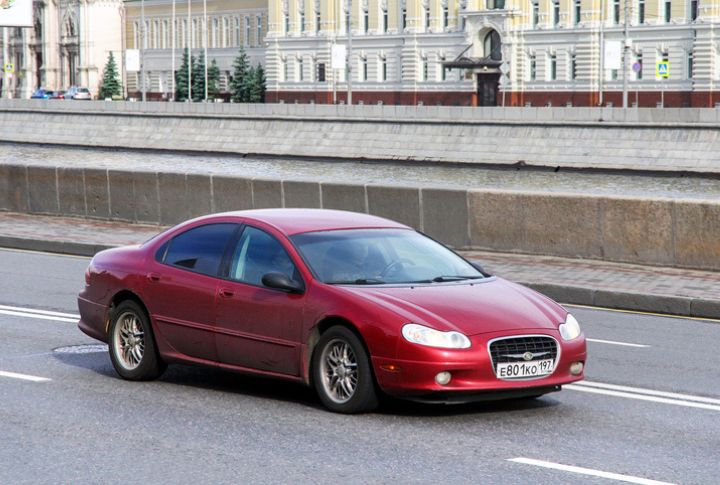
These sedans shared the same platform developed by Chrysler Corporation in the 1980s. Later, the company introduced the vehicles in the early 1990s, with the Chrysler Concorde and Dodge Intrepid debuting in 1993 and the Eagle Vision following. Each brand offered its version of the car, featuring unique designs and targeting different markets.
Chevrolet Colorado/GMC Canyon
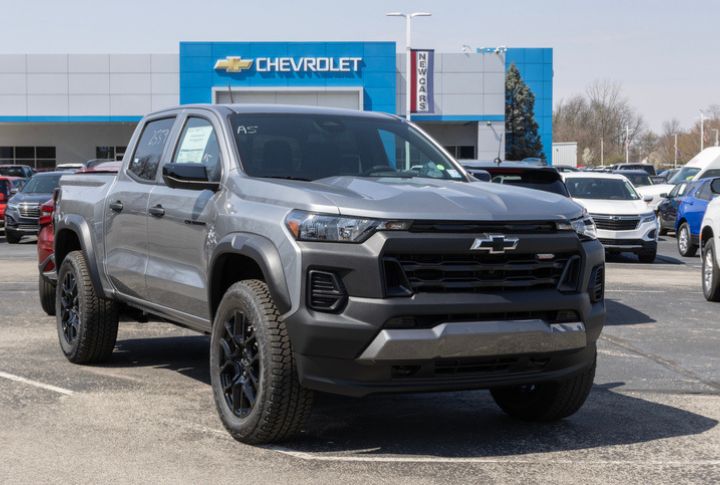
Despite wearing separate badges, the Chevrolet Colorado and GMC Canyon are essentially the same make underneath. Their exterior modeling, interior designs, and trim are different and tailored to the preferences of Chevrolet and GMC customers. Badge engineering allowed GM to maximize production efficiency while offering consumers a choice between brands with unique identities and characteristics.
Nissan Pathfinder/Infiniti QX4
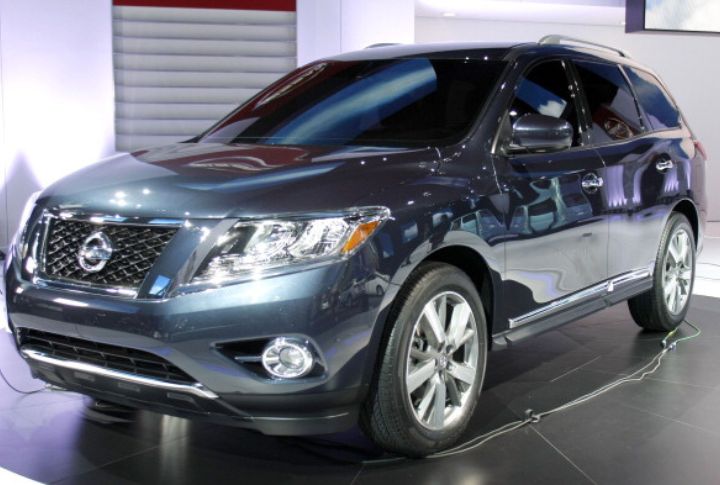
Introduced in the mid-1990s, the Pathfinder was Nissan’s entry into the SUV industry. Nissan seized an opportunity to expand into the luxury SUV segment and created the Infiniti QX4. The company minimized expenses and expedited the QX4’s production. Though similar in several ways, the two vehicles differed in the shaping and cabin accessories.
Ford Fusion/Mercury Milan/Lincoln MKZ
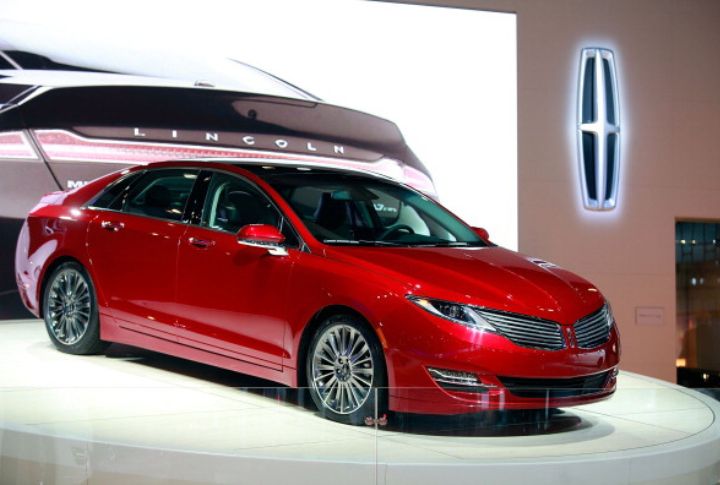
Badge engineering allowed Ford to leverage economies of scale using a shared substructure. The Fusion targeted mainstream buyers and offered affordability and reliability. On the other hand, Milan aimed at an upscale sector with a refined aesthetic. Lastly, the MKZ represented the pinnacle of luxury, featuring advanced technology and a higher price point.
Volvo S40/Ford Focus

This partnership emerged during the 1990s when Ford acquired Volvo Cars. The companies used the opportunity to share platforms, optimize production expenditures, and broaden their reach. The Volvo S40 targeted the premium compact sedan market, emphasizing safety and luxury. The Focus was more affordable, impressing its audience with its economic value.
Buick Rendezvous/Chevrolet Uplander/Pontiac Aztek
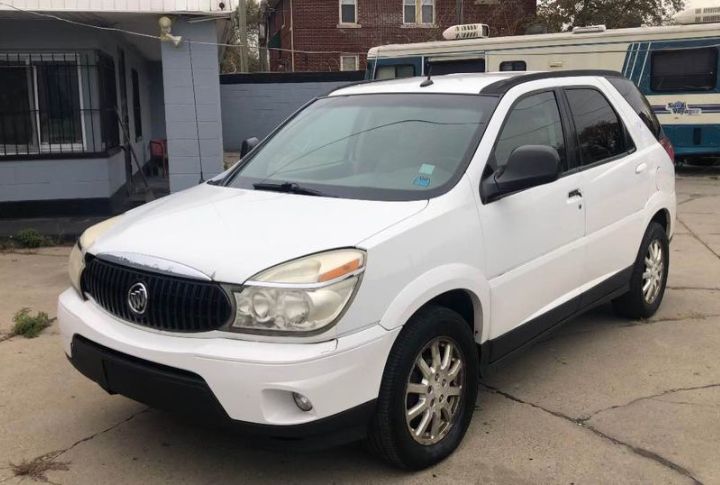
The vehicles agreed to cater to different market segments by leveraging the same architect menu. The Rendezvous and the Pontiac Aztek launched the same year, while the Uplander debuted later in 2005. All of them are part of General Motors’ strategy to offer a diverse range of products void of additional requirements.
